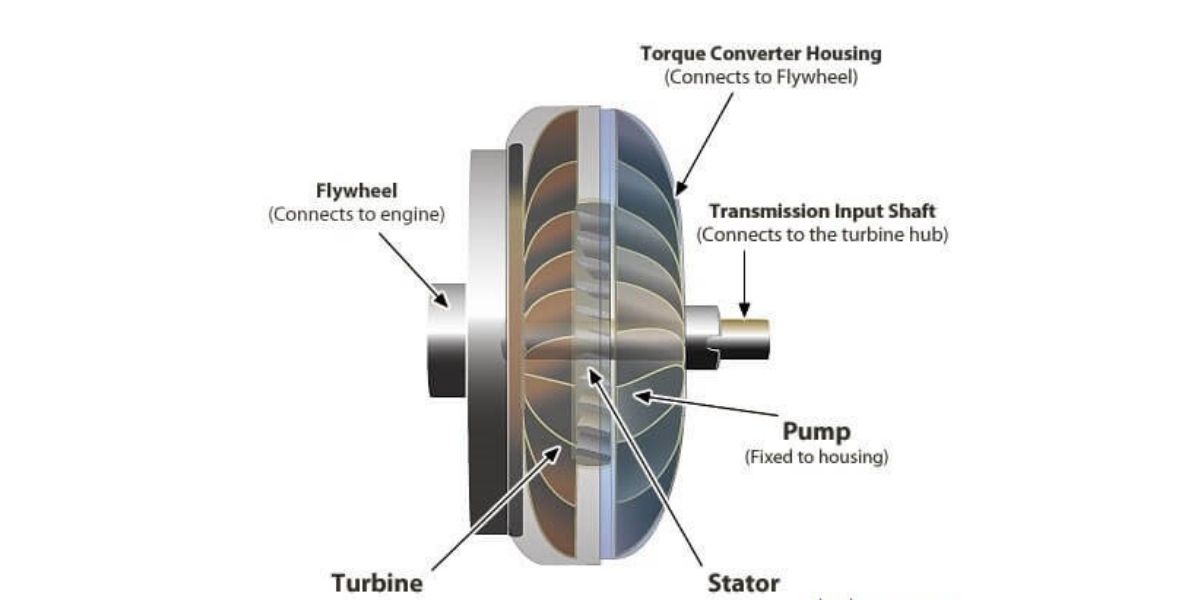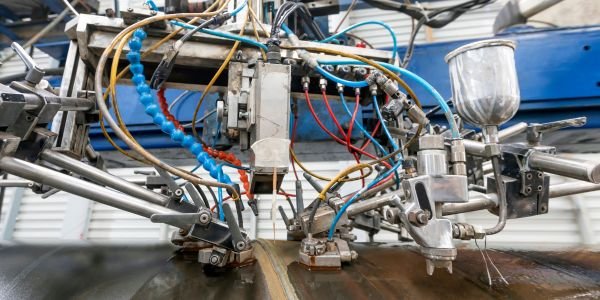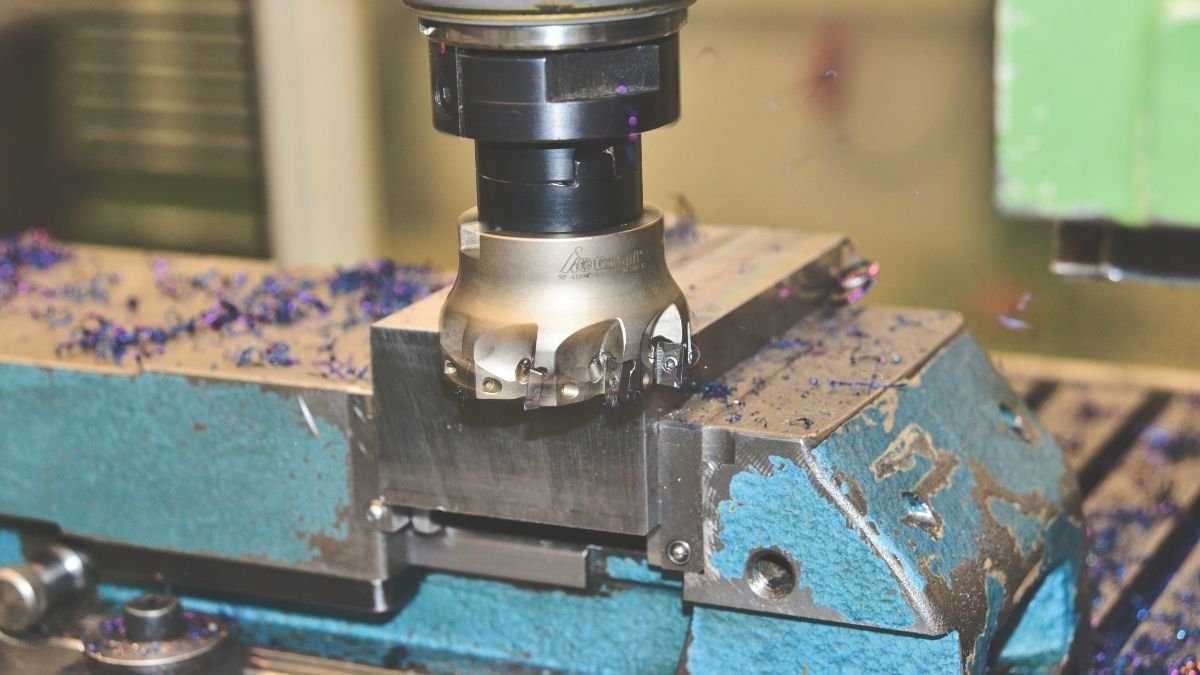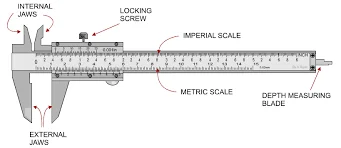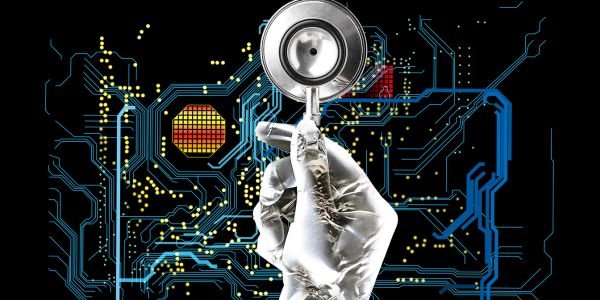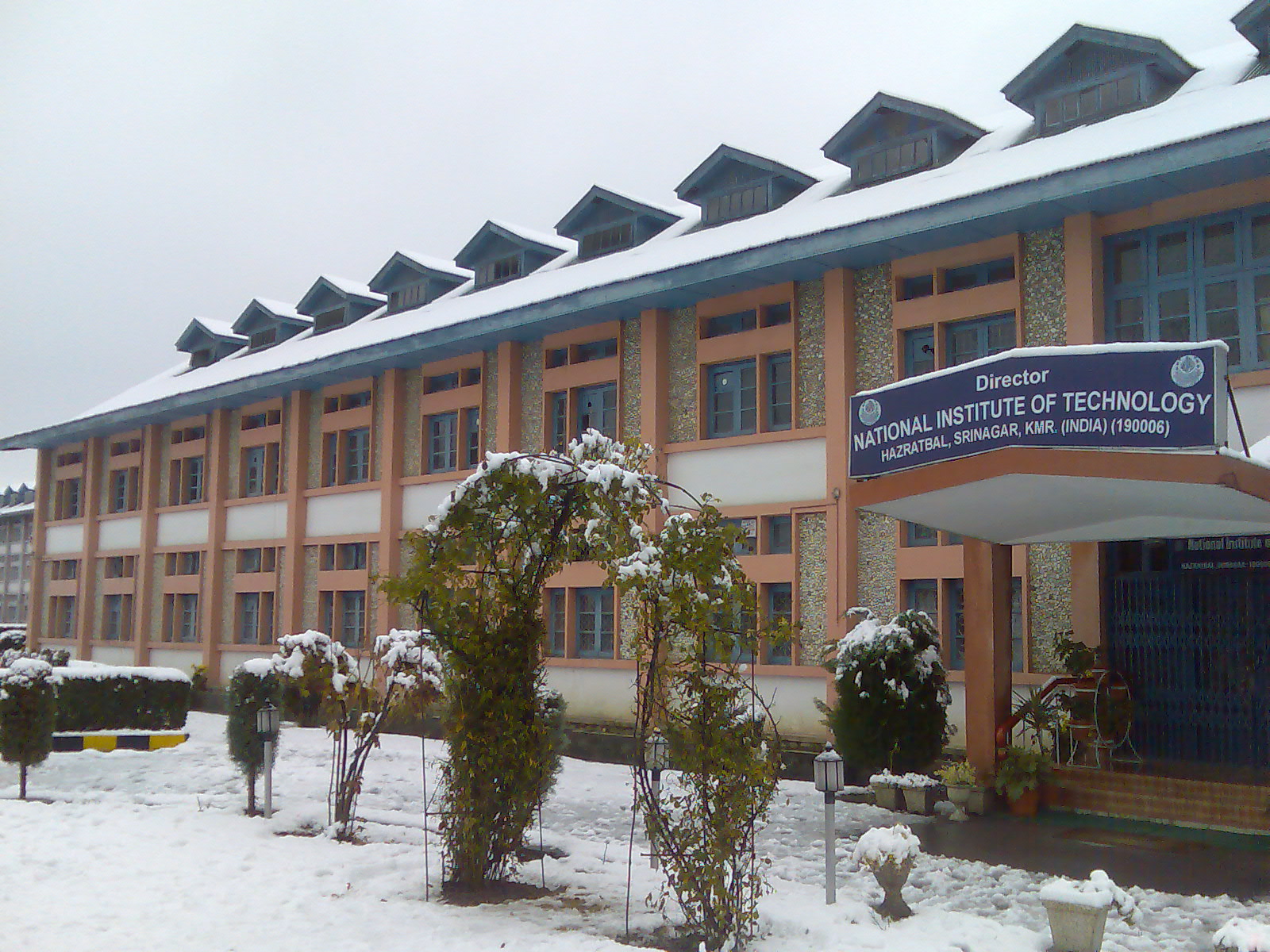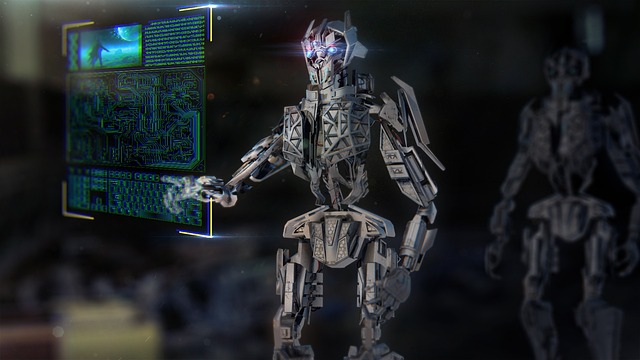Table of Contents
Introduction to Bioengineering
Bioengineering, sometimes referred to as biological engineering, is an interdisciplinary field that blends biological sciences with engineering practices to solve real-world problems. This area of study utilizes scientific principles and technological tools to design cost-efficient and user-friendly solutions that benefit human health, environmental sustainability, and industrial efficiency.
The domain encompasses both theoretical and practical sciences, touching on various disciplines such as heat and mass transfer, reaction kinetics, biocatalysis, bioinformatics, biomechanics, thermodynamics, polymer science, fluid mechanics, surface interactions, and the development of bioreactors and separation technologies. These foundational areas allow experts to analyze intricate biological systems and invent novel technologies.
Bioengineers play a crucial role in developing medical equipment, diagnostic tools, tissue-compatible materials, and therapeutic innovations. In addition to healthcare, bioengineering supports advancements in green energy, environmental recovery, sustainable agriculture, and biochemical processing. The aim is to promote sustainability, enhance living standards, and tackle pressing global issues.
The field thrives through teamwork and constant innovation, uniting knowledge from life sciences, physical sciences, and engineering. Bioengineers address complex problems that go beyond traditional fields, making this discipline indispensable for scientific and societal progress.
The Broad Horizon of Biomedical Engineering
Biomedical engineering bridges engineering and healthcare, and its influence spans many vital sectors. Below are some significant areas where biomedical engineers are making a meaningful impact:
1. Medical Imaging Technologies
Biomedical engineers create advanced imaging devices like CT scans, X-rays, and MRI systems that support disease detection and treatment. AI-powered imaging promises even more accurate and faster diagnoses shortly.
2. Smart Wearables
Today’s biomedical innovations go beyond fitness trackers. Engineers are crafting next-generation wearables that continuously monitor vital signs, glucose levels, and other health parameters, transmitting this data in real time to both patients and healthcare professionals.
3. Regenerative Healthcare
At the forefront of medical breakthroughs are bioengineered tissues and artificial organs. Researchers are working to develop organs through tissue engineering and stem cell applications, potentially reducing reliance on traditional transplants.
4. Innovative Biomaterials
Biomedical professionals design and produce biocompatible materials used in implants, prosthetics, and targeted drug delivery. These materials are engineered to work seamlessly within the human body, improving outcomes in surgery and recovery.
5. Robotic-Assisted Surgery
Biomedical engineers are enhancing precision in surgery through robotic systems that aid surgeons during intricate procedures. These technologies promote quicker recovery times and minimize surgical risks.

Career Prospects in Biomedical Engineering
The demand for biomedical engineers is growing rapidly due to the integration of technology in healthcare systems. Professionals in this field can work in hospitals, medical device companies, research labs, and startups focused on healthcare innovation.
Key Career Options:
- Biomedical Signal Analyst
- Device Design Engineer
- Sales and Marketing Specialist (Medical Devices)
- Healthcare Technology Consultant
- Academic Faculty (e.g., Assistant Professor)
- R&D or Design Engineer
Expected Salary Ranges in India:
- Entry-level: ₹3–₹5 LPA
- Mid-level: ₹6–₹12 LPA
- Senior roles: ₹15–₹25 LPA
As technology advances and the healthcare ecosystem expands, opportunities in biomedical engineering are expected to rise significantly.
Emerging Trends in Biomedical Engineering
- Artificial Intelligence and Machine Learning
Smart algorithms are shaping the future of diagnostics and personalized treatments. Biomedical engineers are designing intelligent devices that can detect diseases before symptoms appear. - 3D Printing in Healthcare
Engineers are using 3D printing to craft custom implants, prosthetics, and tissues, offering a pathway to personalized medicine and organ regeneration. - Nanotechnology in Treatment Delivery
Nanotech allows for highly targeted drug delivery, reducing side effects and improving therapeutic effectiveness. - Remote Monitoring and Telemedicine
With growing demand for accessible healthcare, biomedical engineers are creating tools for remote diagnostics, especially vital in underserved regions. - Healthcare Automation
Automation tools designed by biomedical engineers help reduce manual workloads in hospitals, enhancing efficiency and patient care quality.
Essential Disciplines and Techniques in Bioengineering
Bioengineering integrates engineering methods with biological sciences to develop solutions for medical challenges and improve human health. Its sub-disciplines offer a broad spectrum of opportunities:
- Biomedical Engineering: Focuses on solving healthcare problems through engineering design and system analysis.
- Clinical & Medical Engineering: Involves developing and maintaining diagnostic devices and hospital systems to ensure quality patient outcomes.
- Medical Electronics: Covers the development of vital equipment like ECG machines, pacemakers, and MRI systems.
- Biomaterials: Concerns the design of materials compatible with biological systems for use in implants and prosthetics.
- Biomechanics: Applies physical laws to study body movement and design supportive devices like orthotics and prosthetics.
- Rehabilitation Engineering: Creates assistive devices for individuals with disabilities.
- Robotics in Surgery: Enables minimally invasive operations using AI-guided tools.
- Bioelectronics: Combines electronic systems with biological structures to develop biosensors and responsive prosthetics.
- Tissue Engineering and Bioreactors: Supports regenerative medicine by developing platforms for growing functional tissues.
- Bioinformatics and Computational Biology: Uses algorithms to analyze genetic data for personalized medicine.
- Signal Processing and Imaging: Helps visualize and interpret biological functions in real time.
Other specialized fields include immunology, virology, histology, and cellular engineering, each contributing to deeper diagnostic capabilities.
Real-World Applications of Bioengineering in Medicine
Bioengineering is reshaping healthcare delivery through the development of groundbreaking technologies that combine biology and engineering principles.
1. Remote Healthcare and Telemedicine
Driven by necessity during the pandemic, telehealth technologies now allow patients from remote areas to access real-time medical care. Devices such as digital stethoscopes, portable ECG machines, and glucose sensors are revolutionizing outreach.
2. Health Monitoring Wearables
Smart devices equipped with biomedical sensors track vital stats like heart rate, blood pressure, hydration, and oxygen saturation, helping in early diagnosis and continuous care.
3. Personalized Treatment Approaches
By merging genetics with technology, engineers develop platforms that customize treatments based on an individual’s unique DNA profile, improving outcomes and minimizing side effects.
4. Tissue Engineering and Bioprinting
The creation of lab-grown tissues and the bioprinting of organs represent future-ready solutions for addressing donor shortages and accelerating wound healing.
5. AI-Powered Healthcare Systems
Biomedical engineers are embedding machine learning into diagnostics and clinical tools, ensuring more accurate disease detection, streamlined treatment plans, and improved patient outcomes.
Also, read about Amlodipine: Uses, Benefits, and Side Effects








